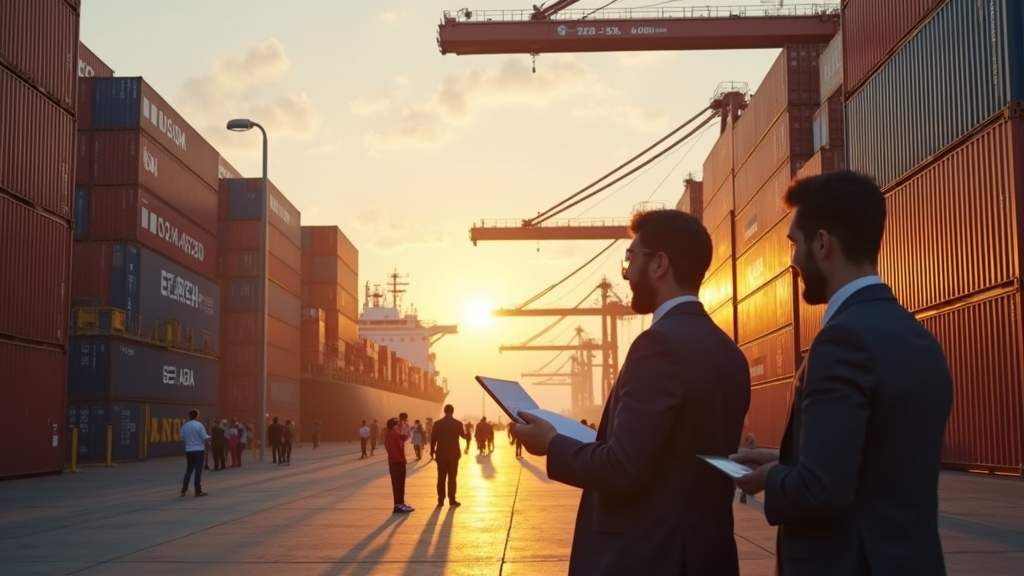Fashion Industry Leverages AI for Proactive Sustainability Compliance
Leading global fashion conglomerates, including industry giants such as LVMH and Kering, are making significant strides in integrating advanced Artificial Intelligence (AI) platforms to enhance transparency and traceability within their complex supply chains. This strategic technological adoption is primarily focused on meticulously tracking supply chain emissions, particularly Scope 3 emissions, and verifying the origins of raw materials. The proactive implementation comes as the fashion sector braces for stringent new EU sustainability reporting mandates scheduled to take effect in January 2026.
These companies are reportedly investing millions of dollars into sophisticated systems designed to provide granular, real-time data across their vast and intricate global networks. The aim is to not only meet but potentially exceed the anticipated regulatory requirements, mitigating significant compliance risks associated with forthcoming legislation, including stringent deforestation-free product regulations that will impact key materials like leather and wood-based fibers.
The Urgency of 2026 EU Regulations
The European Union has been at the forefront of driving corporate accountability regarding environmental, social, and governance (ESG) impacts. The impending regulations, particularly those related to mandatory sustainability reporting and supply chain due diligence, represent a paradigm shift for industries with complex global footprints like fashion. Starting in January 2026, companies operating within the EU market will face heightened scrutiny and mandatory disclosure requirements regarding their environmental impact, including greenhouse gas emissions across their entire value chain.
Critically, the new rules will demand detailed reporting on Scope 3 emissions. These are indirect emissions that occur in a company’s value chain, both upstream and downstream, and often constitute the vast majority of a fashion brand’s total carbon footprint. This includes emissions from raw material extraction, processing, manufacturing, transportation, distribution, product use, and end-of-life treatment. Tracking these emissions accurately across hundreds or even thousands of suppliers globally presents a formidable challenge using traditional methods.
Simultaneously, upcoming EU deforestation-free product regulations will require companies to prove that specific commodities and products derived from them, placed on the EU market, have not contributed to deforestation or forest degradation after a certain cut-off date. For the fashion industry, this is particularly relevant for materials such as leather, which often involves cattle farming linked to deforestation, and wood-based fibers (like viscose or rayon) derived from forests. Ensuring compliance requires robust traceability systems extending deep into the supply chain, often to the level of individual farms or forest plots.
AI as a Solution for Supply Chain Complexity
The global fashion supply chain is notoriously opaque and fragmented. Raw materials are sourced from diverse geographical locations, processed in multiple countries, manufactured in others, and then distributed worldwide. Tracking a single garment or accessory from its origin as a fiber or hide through numerous intermediaries to the final product is incredibly complex.
This is where AI platforms are proving invaluable. These systems can ingest and process vast amounts of data from various sources – including supplier databases, shipping manifests, production facilities, satellite imagery, and even sensor data. AI algorithms can analyze this data to map supply chain pathways, identify potential risks (such as sourcing from high-deforestation areas or suppliers with poor environmental practices), calculate greenhouse gas emissions associated with each stage, and verify certifications or origins.
For Scope 3 emissions tracking, AI can model complex supply chain scenarios, estimate emissions based on transportation routes, manufacturing processes, and material inputs, and pinpoint emission hotspots. This level of detail was previously unattainable or prohibitively expensive. For deforestation-free compliance, AI can help cross-reference sourcing locations with geospatial data, flagging potential non-compliant inputs and providing the verifiable evidence required by regulators.
Investment and Implementation
The investment of millions into these AI-driven systems underscores the seriousness with which leading fashion groups are approaching these regulatory deadlines. Implementing such platforms is not merely a technical upgrade; it requires integrating data streams from potentially thousands of suppliers, often involving suppliers themselves adopting new reporting standards or technologies. It necessitates training staff, restructuring data management processes, and fostering collaboration across the entire value chain.
Companies like LVMH and Kering are at the vanguard of this movement, leveraging their significant resources to build robust, future-proof systems. Their efforts serve as a benchmark for the wider industry, demonstrating the scale of investment and technological sophistication required to meet the new standards of sustainability reporting and due diligence.
Beyond Compliance: Benefits of Transparency
While compliance with the January 2026 EU regulations is a primary driver, the implementation of these AI systems offers benefits extending beyond regulatory mandates. Enhanced transparency builds trust with consumers who are increasingly demanding ethical and sustainable products. It allows companies to identify inefficiencies in their supply chains, potentially leading to cost savings. Furthermore, by having a clearer picture of their environmental impact and sourcing risks, companies can make more informed decisions about materials sourcing, manufacturing locations, and transportation methods, ultimately contributing to more genuinely sustainable business practices.
As the January 2026 deadline approaches, the adoption of AI for sustainability tracking is set to become an industry standard rather than a competitive advantage. The proactive steps taken by major players like LVMH and Kering highlight the transformative impact that technology is having on the fashion industry’s journey towards greater accountability and environmental responsibility in the face of challenging but necessary new necessary regulatory landscapes.




